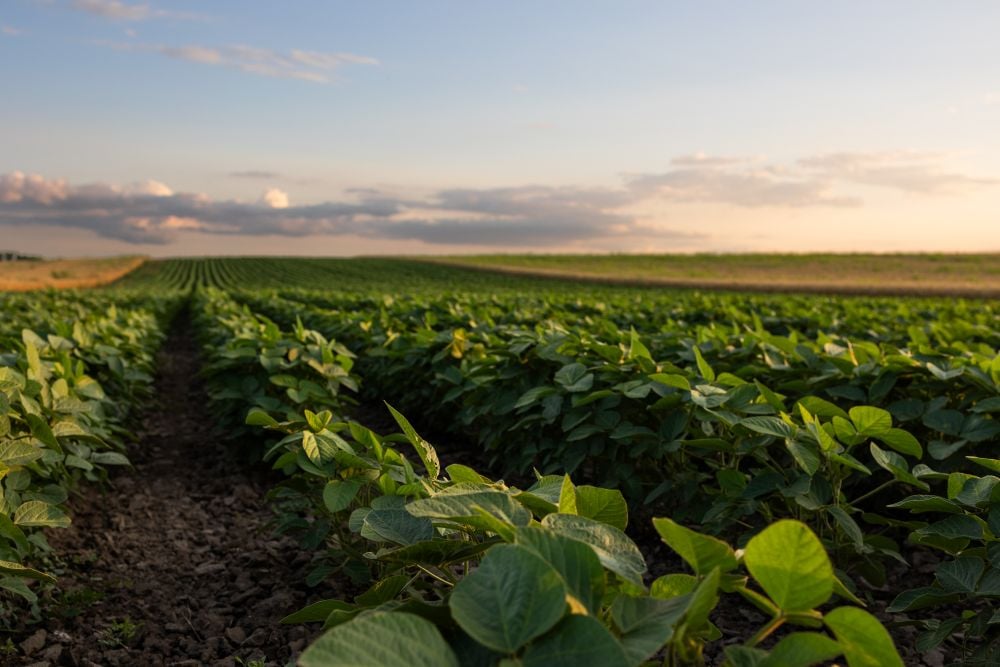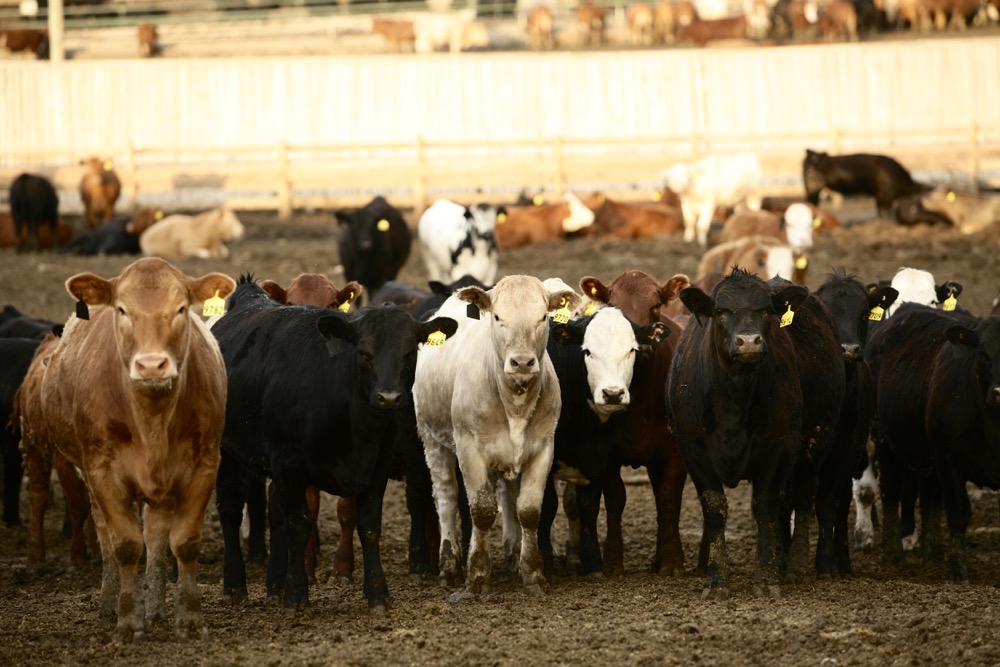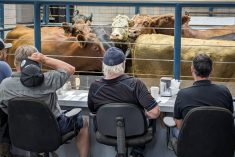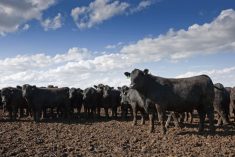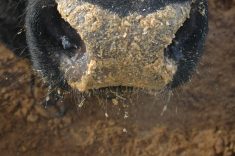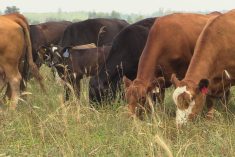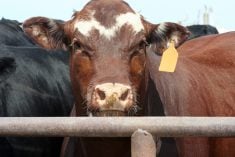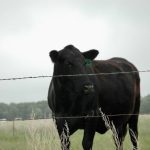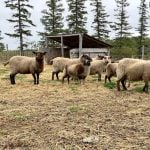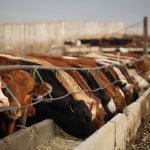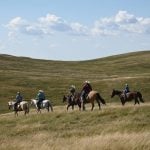Western Canadian feeder cattle markets were unchanged from week-ago levels despite the strengthening Canadian dollar, stronger feed grain values and weaker fed cattle prices. Feedlot operators are wondering if this is a mockery, a delusion or a snare. Shorter term replacements are hard to come by and haven’t softened a half hair length. Small groups (under 10 head in many cases) of various quality 800 to 900 pound steers continue to sell in the range of $198 to as high as $210 landed in Southern Alberta. Calves are also quite firm with feedlot operators grasping at anything they can get their hands on. It’s not uncommon to see 580 to 600 pound mixed heifers trade in the range of $218 to $222 and 550 pound various quality steers trade from $237 to $245 across the prairies.
Read Also

U.S. grains: CBOT soybeans, corn, wheat fall in USDA data aftermath
Chicago grains took a dive on Friday, following a closely watched U.S. government crop report and the release of export data that could provide clues into Chinese buying.
U.S. cattle on feed inventories as of July 1 were up four per cent over year ago levels. This basically confirms the sharp year-over-year increase in beef production for the third and fourth quarters. The semi-annual cattle inventory report estimated the 2017 calf crop at 36.3 million head, up 3.4 per cent from 2016. Both of these numbers were larger than pre-report trade estimates. It’s difficult to justify the feeder market at the current price levels. However, feeder cattle prices in general have divorced from the finishing market.
Alberta packers were buying fed cattle from $143 to $145 this past week; pen closeout breakeven values are around $135. Feedlots have enjoyed a prolonged period of positive margins and this tends to result in a stronger feeder market in August and September. The southern regions of Alberta and Saskatchewan have received less than 40 per cent of normal precipitation on top of above normal temperatures. Pastures have deteriorated which may cause yearlings to come on the market sooner than anticipated.
— Jerry Klassen manages the Canadian office of Swiss-based grain trader GAP SA Grains and Produits Ltd. and is president and founder of Resilient Capital, specializing in proprietary commodity futures trading and market analysis. Jerry consults with feedlots on risk management and writes a weekly cattle market commentary. He can be reached at 204-504-8339.

